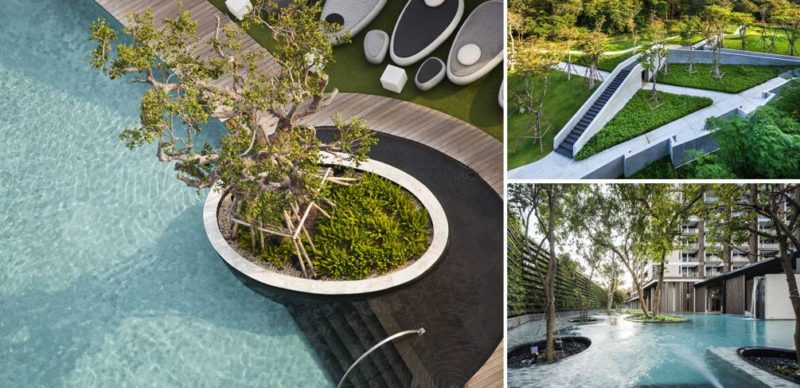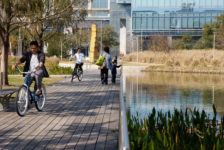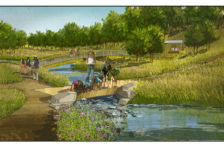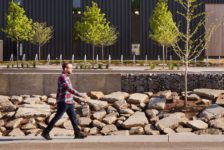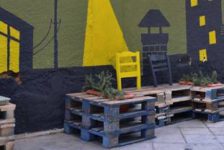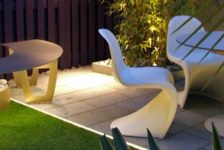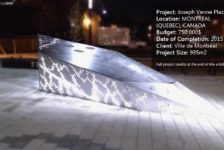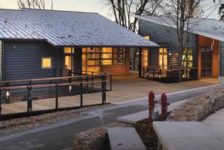While the vast majority of our content is FREE, this interview composed by Win Phyo is exclusive content for Landscape Architects Network’s VIP Subscribers only – Pok Kobkongsanti, founder and lead designer of T.R.O.P. terrains + open space answers some question for Landscape Architects Network. Pok Kobkongsanti is the founder and lead designer of T.R.O.P, a company from Thailand that is slowly making its mark. The “Tropster” graduated with a Masters of Landscape Architecture in Urban Design from Harvard University, Graduate School of Design, before venturing onwards to work with two of the legends of landscape architecture; George Hargreaves and Bill Bensley. He has been in search of “New Ground” in landscape architecture since his departure from these experiences. His search has not been in vain, as the value of T.R.O.P’s projects have been acknowledged by the likes of the American Society of Landscape Architects, (ASLA), the TED organisation and many others. Pok’s motivated, vibrant and influential character is transparent in his interviews. Today, he speaks to Landscape Architects Network VIP Members about the influence of working with some of the greatest landscape architects of our time, the motivations behind T.R.O.P’s signature designs, and he shares with us some of his greatest inspirations.

The Forest and Pool at Pyne, TROP Terrains + Open Space
Question Time With Pok Kobkongsanti
1. In order for our readers to get to know you better, please summarize yourself in three words and tell us how you discovered landscape architecture? –
Be Water (that’s my design principal, which is inspired by my idol, Bruce Lee)
2. You have worked with some of the greatest landscape legends of our time. What led you to found your own company, TROP, in Thailand, after working with these folks, and have they influenced the way you work at TROP? – I am a very lucky landscape architect because I had trained with two of the Masters of our time, George Hargreaves and Bill Bensley. Both of them are very influential to our profession; George for public waterfront and brownfield projects and Bill for resort and hospitality design. Working with them gave me a great perspective about how to be a professional. However, deep in my heart, I felt like I need to do something of my own, even though I did not know at the time what it would be. That was why I decided to leave and started my own practice.

The Forest and Pool at Pyne, TROP Terrains + Open Space
“we have no choice but to do our best, one project at a time“
5. What are some of the common mistakes and challenges you have seen or faced in the profession and to counteract, please give some of your best advice for young landscape architects? – For the young landscape architects, I would recommend that you don’t have to worry about mistakes. There is no way to avoid them. Sooner or later, every one makes mistakes, including me (still making some more at the moment). However, you have to learn from those mistakes and try your best not to repeat them.
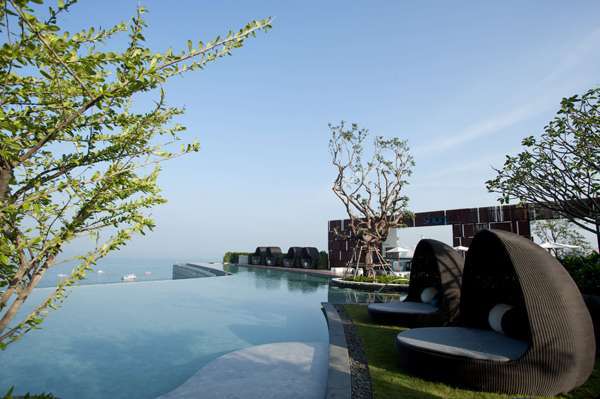
The Garden of Hilton Pattaya by T.R.O.P. Terrains + Open Space, in Chonburi, Thailand.
“..we let our design process tell us what kind of geometry we need to compliment each of our sites”.
7. The design process, or the “journey” to the destination of the final design, is a big part of TROP. What is the design process journey that you take through your projects and how does it impact your final designs? – We have never forced our design on any site without our design process. Normally our projects are built in problematic sites. The design process helps determine which design solution we need in order to solve each problem. Most of the time, there is more than one problem in each site, so we layer each design solution on top of one another. At the end, we compose those solutions together in order to achieve our final design. So before we complete the design process, we would have no idea what our landscape would look like.
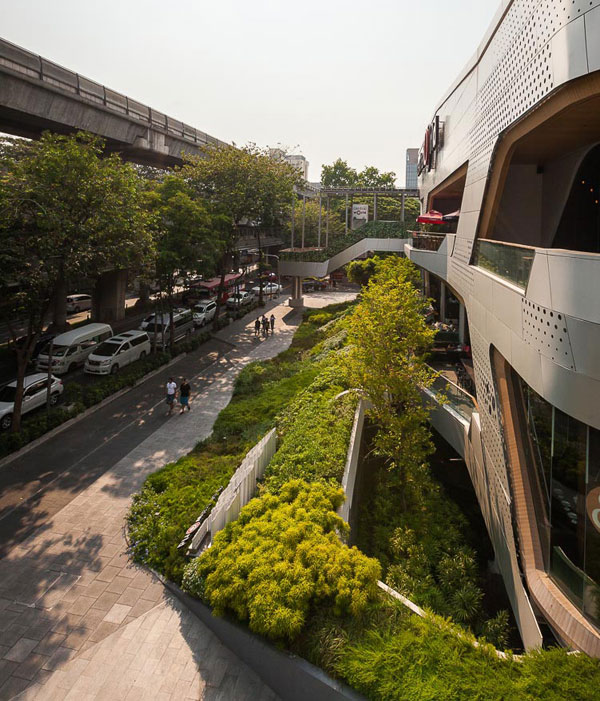
Walk of the Town. Photo courtesy of T.R.O.P: terrains+open space
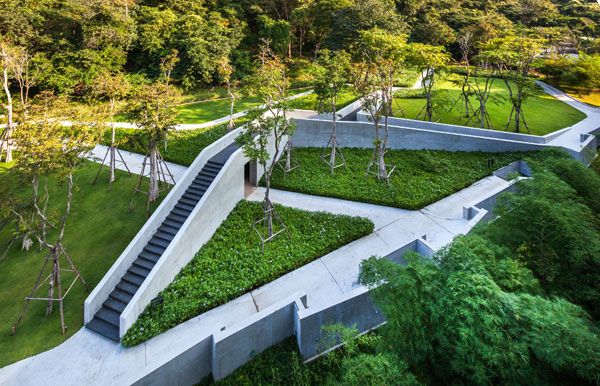
Botanica Khao Yai. Photography credit: Spaceshift Studio Pirak Anurakyawachon, Aranyarat Prathomrat
Pok Kobkongsanti
Landscape Architects Network is certainly anticipating TROP’s growth in the coming years. It has been interesting to gain an insight into the workings of the “Tropsters” and the journey Pok has taken to reach this stage. Could it be luck or fate that he stumbled upon the profession? The watery landscape architect continues to inspire others with a take on landscape architecture using Bruce Lee’s philosophy on life. We would like to thank Pok Kobkongsanti for sharing his insights at Landscape Architects Network. Within that being said, have you watched any of the landscape lecture series by Isabella Stewart Gardner Museum? Do you agree with Pok that global warming is currently the most pressing issue in our world?
Recommended Reading:
- Becoming an Urban Planner: A Guide to Careers in Planning and Urban Design by Michael Bayer
- Sustainable Urbanism: Urban Design With Nature by Douglas Farrs
- eBooks by Landscape Architects Network
Article by Win Phyo



